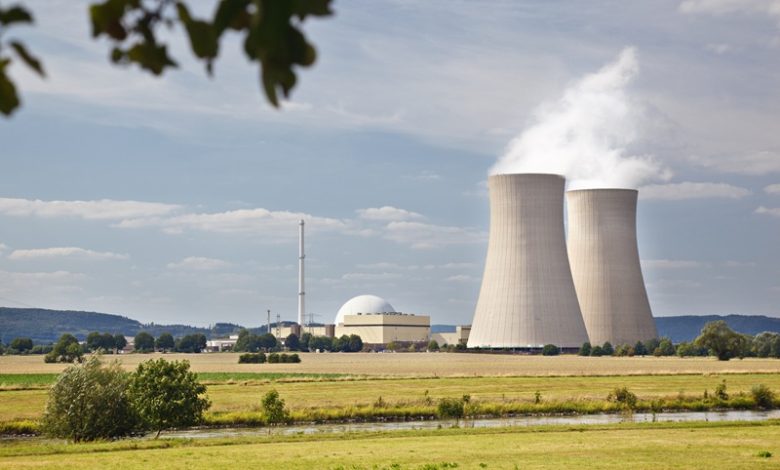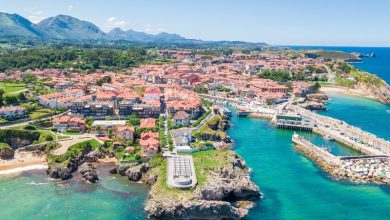Vietnam Unveils $136B Plan to boost power capacity and Cut Coal Reliance
Vietnam revives nuclear power and expands renewables in a $136B plan to double power capacity by 2030 and cut coal reliance for a cleaner energy future.

Vietnam has announced a $136 billion plan to double its electricity generation capacity by 2030, a major change in its energy policy by bringing back nuclear power while placing a strong focus on renewable energy.
The revised National Power Development Plan VIII (PDP8) seeks to boost the installed capacity of the country to between 183-236 gigawatts, from more than 80 GW by the end of 2023. This growth is vital to respond to the growing electricity demand and to help decrease Vietnam’s dependence on coal which presently dominates the country’s energy mix.
One of the highlight features of the plan is the resumption of Vietnam’s nuclear power program which was put on hold back in 2016 over safety and finance issues in the aftermath of the Fukushima crisis. The government now aims to finish its first nuclear reactors between 2030 and 2035 with an initial combined capacity of as much as 6.4 GW and another 8 GW in the pipeline by 2050.
To enable this, Vietnam has signed a memorandum with Russia’s Rosatom for the building of the Centre for Nuclear Science and Technology. The nation is also looking into collaborations with Japan, South Korea, France and the United States, with an emphasis on the development of small modular reactors which are deemed more cost-effective and safer.
Alongside nuclear power, the plan also has ambitious renewables targets such as solar should account for 25.3%-31.1% of overall capacity in 2030, an increase from 23.8% in 2020 while onshore and nearshore wind will hit 14.2%-16.1%, a dramatic improvement from almost zero at the beginning of the decade. Offshore wind power aims to be 6-17 GW between 2030 and 2035.
The strategy also calls for a decrease in coal power stations to 13.1%-16.9% of the energy mix by 2030, from approximately one-third in 2020. Liquefied natural gas (LNG) stations will cover 9.5%-12.3% of total generating capacity, up from zero today.
Vietnam’s overall energy policy is a testament to its desire to diversify energy sources, achieve energy security and attract foreign investment while meeting environmental issues and moving towards cleaner energy options.



